15 Things You Need to Know About the One Big Beautiful Bill Act (OBBBA)
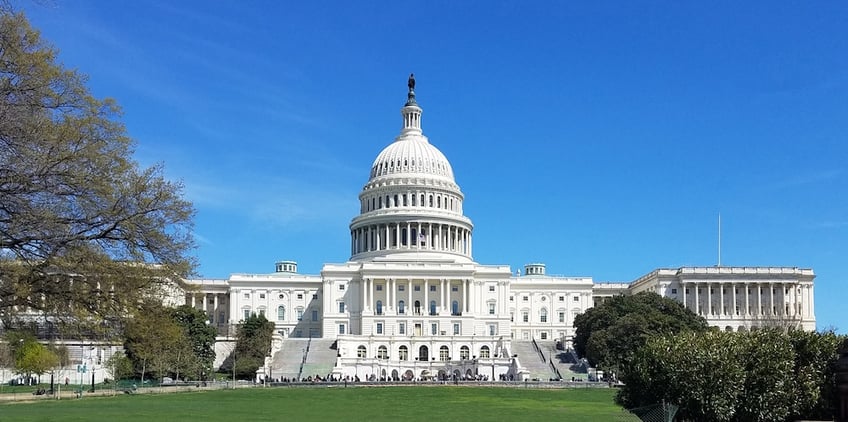
Estimated reading time: 10 minutes
Signed into law in July 2025, H.R.1, or the One Big Beautiful Bill Act (OBBBA), is one of the most consequential pieces of legislation in recent memory. The bill blends significant tax cuts with important changes to 529 plans, increased opportunities for charitable deductions, and the introduction of Trump accounts.
Many of these changes are considered to have taken effect for the 2025 tax year, so it’s important to make sure you’re not missing out on deductions or strategies that could help you out in the current tax year.
So, let’s get into it—here are 15 of the most important things you need to know about the OBBBA.
Table of Contents
- Important Changes for All Tax Filers
- Important Changes for Parents and Families
- Important Changes for Retirees
- Important Changes for Overtime-Eligible and Tipped Workers
- Stay Up-to-Date on New Laws and Rule Changes
Important Changes for All Investors
To start off, here are a few key changes from the OBBBA that all tax filers should be aware of:
Tax Cuts from 2017 Made Permanent
One of the headline features of the OBBBA is that it makes the temporary tax cuts from the Tax Cuts and Jobs Act of 2017 permanent.
These tax rates were initially set to expire at the end of 2025. As a reminder, some of the major effects of the Tax Cuts and Jobs Act were
- A near doubling of the standard deduction
- Increasing the child tax credit to $2,000
- A 20% deduction for qualified business income (QBI)
The amounts for the 2025 standard deduction are also slightly expanded:
- Single or Married Filing Separately: $15,750
- Head of Household: $23,625
- Married Filing Jointly or Qualifying Surviving Spouse: $31,500
Increased Estate Tax Exemptions
Effective: 2026 and beyond
The unified gift-and-estate exemption will increase to $15 million per individual or $30 million per couple filing jointly.
Increased Charitable Deduction for Non-Itemizers
Effective: 2026 and beyond
You will soon be able to receive a much larger tax break if you give to charitable organizations but don’t itemize or clear the standard deduction. Previously, married couples filing jointly could deduct up to $600 from cash contributions to qualified contributions, while single filers could deduct $300.
These limits will expand significantly in 2026. Married couples filing jointly will be able to deduct up to $2,000 from cash contributions to qualified charities. For single filers, the deduction will be $1,000.
If you’re over 70½ and have tax-deferred assets, it’s still usually a good idea to treat charitable contributions as qualified charitable distributions (QCDs). But if you’re younger, you will soon be able to receive a direct financial benefit from your charitable contributions.
New Limits on Charitable Deductions for Itemizers
Effective: 2026 and beyond
If you itemize your taxes, you will soon only be able to deduct charitable gifts by the amount that the cash contributions exceed 0.5% of your adjusted gross income.
For instance, let’s say in 2026 your adjusted gross income is $80,000, and you donate $1,000 to qualifying charities. For that year, you will only be able to deduct $600—that’s the amount of your total cash contributions to charity ($1,000) minus $400 (0.5% of $80,000).
OBBBA also makes permanent another rule: you cannot deduct the portion of your cash donations that exceed 60% of your adjusted gross income in the year you make the contributions.
However, you may be able to deduct any cash gifts made beyond the allowable limits in the next tax year, thanks to another rule that allows you to “carry-forward” contributions outside the limits for up to five years and deduct them on future returns.
Sticking with the previous example, let’s say your 2026 adjusted gross income is $80,000, and you donate $1,000 to qualifying charities. That year, you will only be able to deduct $600. However, in 2027, you will be able to deduct the remaining $400 that was outside the limit due to this “carry forward” rule.
Tax Credit Eliminated for Energy-Efficient Renovations and EVs
Effective: As soon as September 30, 2025
If you were thinking of adding solar panels to your roof or purchasing an electric vehicle, you may want to do that sooner rather than later.
Previously, homeowners could receive a 30% tax credit for energy-efficient home improvements, with a deadline for the credits set to expire at the end of 2034. This credit is now set to expire at the end of 2025.
As for electric vehicles, both the $7,500 tax credit for buying a new EV and $4,000 credit for buying a used EV are now set to expire after September 30, 2025.
SALT Deduction Increases
Effective: 2025-2029
The cap on state and local tax (SALT) deductions increases dramatically from the previous $10,000 limit for tax years 2025 through 2029. The limit rises to $40,000 for tax year 2025 and increases by 1% each year thereafter, before reverting to the previous $10,000 limit in 2030.
So, here is how the SALT deduction cap will change over the next six years:
- 2025: $40,000
- 2026: $40,400
- 2027: $40,804
- 2028: $41,212
- 2029: $41,624
- 2030: $10,000
For context, the SALT deduction enables itemizing taxpayers to deduct state and local taxes from their federal taxable income. Since the $10,000 SALT cap’s inception in 2017, many taxpayers in high-tax states argue that the limit disproportionately impacts them.
Please note that in 2025, the expanded deduction phases out for filers earning more than
- $250,000 (single).
- $500,000 (married filing jointly).
Similar to the SALT deduction cap, this phase-out range increases by 1% each year until 2030.
Enhancements to ABLE Accounts
Effective: 2026 and beyond
ABLE accounts are investment accounts designed for eligible individuals with disabilities. Certain temporary provisions affecting ABLE accounts were set to expire at the end of 2026.
The OBBBA makes those temporary provisions permanent, including
- Employed individuals who have an ABLE account can contribute about the annual limit. This limit is set to the prior year’s federal poverty level or the beneficiary’s yearly compensation, whichever is less.
- Eligible individuals that make qualified contributions to their ABLE account can now receive a nonrefundable Saver’s Credit. The annual limit for this credit will increase to $2,100 in 2027.
No Tax on Car Loan Interest
Effective: 2025-2028
If you pay interest on a loan used to purchase a qualified vehicle (leases do not qualify), you may deduct up to $10,000 of this interest per year.
Qualifying vehicles include cars, minivans, vans, SUVs, trucks, or motorcycles with gross vehicle weight of less than 14,000 pounds and has undergone final assembly in the United States.
This deduction phases out for those earning modified adjust gross income above
- $100,000 for single filers.
- $200,000 for joint filers.
In order to qualify for the deduction, the interest must be paid on a loan that:
- Originated after December 31, 2024.
- Was used to purchase a new, personal-use vehicle (used vehicles and business/commercial use vehicles do not qualify).
- Was secured by a lien on the vehicle.
This change is also effective for tax years 2025 to 2028.
Important Changes for Parents and Families
If you’re a parent, grandparent, or simply want to contribute some of your hard-earned savings to a child, here are some important changes from the OBBBA you need to know:
Introduction of Trump Accounts
Effective: 2026-2028
OBBBA introduces a new type of investment account, Trump accounts. In essence, Trump accounts are traditional IRAs that are subject to special rules until the year a child turns age 18:
- Each United States citizen born in the United States from 2025 to 2028 can receive a one-time $1,000 deposit from the U.S. Treasury into a federally managed account.
- The accounts can be created for any individual under age 18 with a Social Security number.
- Parents can contribute up to $5,000 per child per year until the year before the child turns 18. Starting in 2028, this limit will be indexed for inflation. These contributions are not tax-deductible; however, any earnings remain tax-deferred until distributed.
- Employers may contribute up to $2,500 per year to an employee or dependent of an employee.
- Distributions are prohibited until the child turns 18, barring certain exceptions. After age 18, distributions will follow traditional IRA rules.
Adjustments to the Child Tax Credit
Effective: 2025 and beyond
The federal child tax credit increased from $2,000 to $2,200 per child, and will now be indexed to inflation.
The refundable credit maxes out at $1,400 per child, also indexed to inflation. The credit still phases out for single parents with incomes over $200,000 or married couples with incomes over $400,000.
Perhaps the most significant change is that in order to claim the credit, all parents and children must now have Social Security numbers. This will prevent mixed-status families from claiming the tax credit.
Enhanced Child and Dependent Care Tax Credit
Effective: 2026-2028
The child and dependent care tax credit was created to offset some of the costs of child/dependent care as their parents/guardians work or look for work.
Beginning in the 2026 tax year, the maximum percentage of expenses that you can claim for the credit will increase to 50%. However, the threshold of expenses will hold steady at 50% of $3,000 (1 person) or $6,000 (2 persons).
The phase-down ranges will also be set at much higher income levels than previously. The credit percentages are as follows
For single filers with an adjusted gross income…
- Between $0 and $15,000: The credit is 50%
- Between $15,000 and $45,000: The credit phases down from 50% to 35%
- Between $45,000 and $75,000: The credit is 35%
- Between $75,000 and $105,000: The credit phases down from 35% to 20%
- Over $105,000: The credit is 20%
For taxpayers filing Married Jointly with an adjusted gross income…
- Between $0 and $15,000: The credit is 50%
- Between $15,000 and $45,000: The credit phases down from 50% to 35%
- Between $45,000 and $150,000: The credit is 35%
- Between $150,000 and $210,000: The credit phases down from 35% to 20%
- Over $210,000: The credit is 20%
Also starting in 2026, the annual income exclusion for dependent care assistance programs will increase from $2,500 to $3,750 for single filers or from $5,000 to $7,500 for married couples filing jointly.
Enhanced 529 Withdrawals
Effective: 2026 and beyond
Starting in 2026, you will be able to withdraw greater amounts from a 529 plan in a given year. Previously, the limit for using 529 plan assets for K-12 expenses was $10,000 per year. This limit will double to $20,000 per year.
The OBBBA also expands the definition of “qualified expenses.” This term now includes expenses for books, tuition, fees, supplies, and equipment. Plus, 529 plans may now be spent on recognized postsecondary credential programs (e.g. HVAC technician certifications), and any necessary books, supplies, or fees.
For information on which types of programs qualify, click here.
Important Changes for Retired Investors
Extra Standard Deduction for Seniors
Effective: 2025-2028
If you’re 65 or older, you may be able to claim an additional standard deduction on top of the ordinary standard deduction:
- $6,000 (single)
- $12,000 (married)
However, this additional deduction phases out at modified adjusted gross incomes above:
- $75,000 (single)
- $150,000 (couple filing jointly)
To claim the deduction, you must have reached age 65 on or before the last day of the tax year.
Important Changes for Overtime-Eligible and Tipped Workers
And finally, here a couple changes to be aware of if you’re eligible for overtime or tips:
No Tax on Tips
Effective: 2025-2028
If you work in an occupation that the IRS deems to regularly and customarily receive tips, you may deduct qualified tips. The maximum annual deduction is $25,000, and the deduction phases out for taxpayers with modified adjusted gross income of over
- $150,000 for single filers
- $300,000 for joint filers
To learn more about whether you qualify, check back here on October 2, 2025. That’s the IRS’ deadline to publish the list of occupations that qualify for this deduction.
No Tax on Overtime
Effective: 2025-2028
If you receive qualified overtime compensation, you may deduct the portion of paid wages that exceeds your regular rate of pay.
For instance, let’s say your base wage is $40 an hour. If you work overtime, you’ll typically earn $60 an hour (time-and-a-half). You cannot deduct the entire $60 an hour that you work overtime, but you can deduct the $20 an hour that is on top of your regular rate of pay.
The maximum annual deduction is $12,500 for single filers or $25,000 for joint filers. The deduction phases out for taxpayers with modified adjusted gross income above
Stay Up-to-Date on New Laws and Rule Changes
And there you have it—15 changes from the One Big Beautiful Act (OBBBA) all investors need to be aware of.
In this article, we only focused on what most investors need to know. There are many other changes from OBBBA to be aware of, including a potential $3.4 trillion estimated increase to the national debt according to the Congressional Budget Office and stricter eligibility requirements for individuals to qualify for Medicaid. If you’re looking for the full picture, check out a few additional reputable sources, including these articles from the
And if you want to stay up-to-date on changes that affect your financial future, consider subscribing to Insights. Each month, we’ll send you a short newsletter breaking down rule changes, investing trends, and impending deadlines to help you make the most of your retirement accounts.
Have questions about the OBBBA? We’re here to help. Simply fill out our Contact Us form with any questions you have and we’ll get back to you shortly.











/Blog_Image_401k-executive-order_1000x500.jpeg?width=105&height=105&name=Blog_Image_401k-executive-order_1000x500.jpeg)

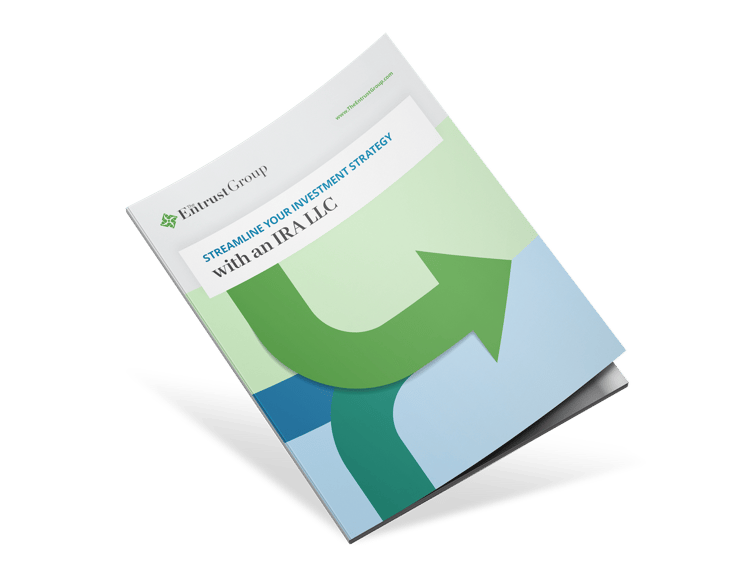

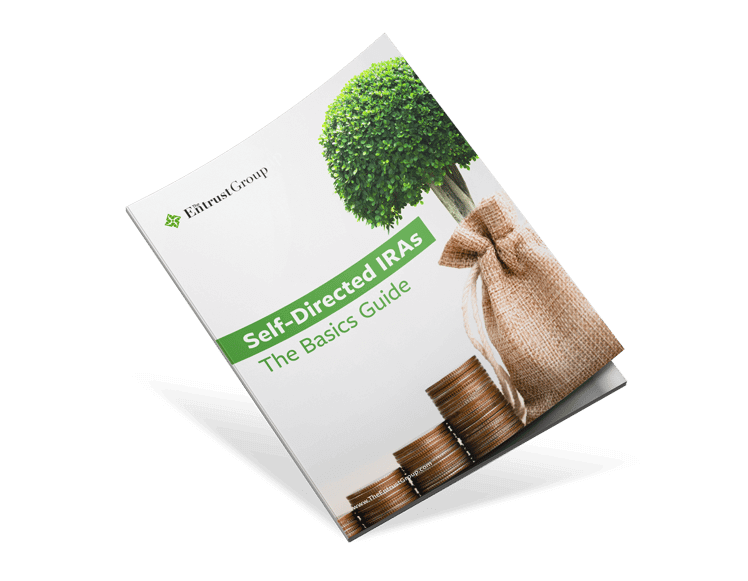







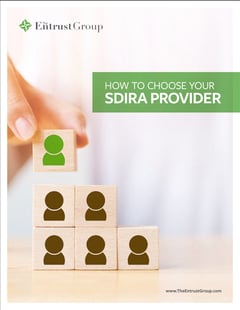
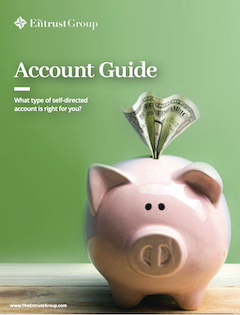
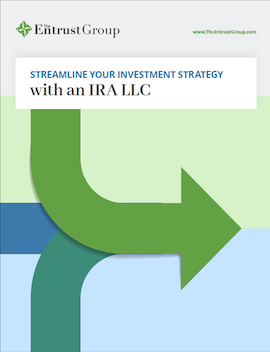

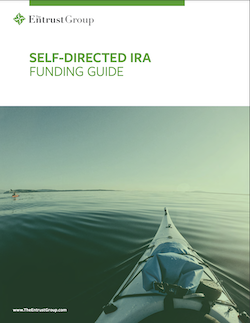

0 Comment